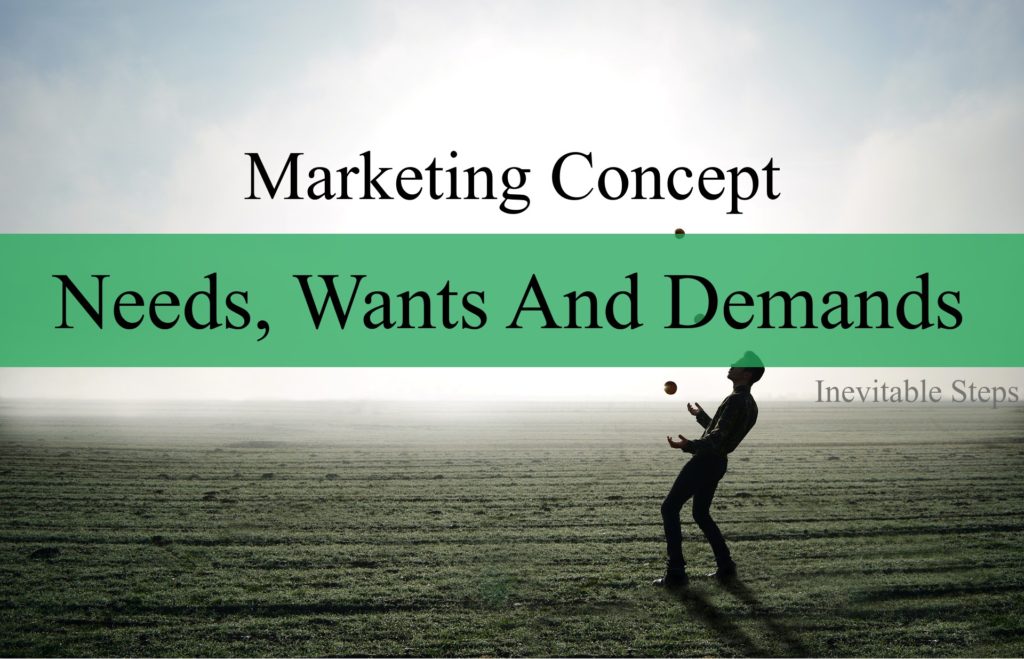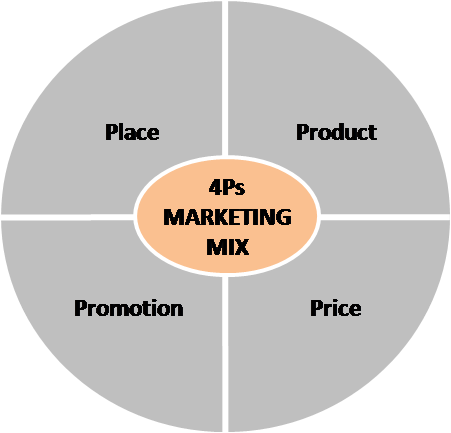Introduction To Content Marketing
Content strategy focuses on the planning, creation, delivery, and governance of content. Content not only includes the words on the page but also the images and multimedia that are used. Ensuring that you have useful and usable content, that is well structured, and easily found is vital to improving the user experience of a website.
A content strategy is the high level vision that guides future content development to deliver against a specific business objective.
Creating a Comprehensive Strategy and Governance
The goal of content strategy is to create meaningful, cohesive, engaging, and sustainable content. It reiterates that your strategy helps you to identify what already exists, what should be created and, more importantly, why it should be created.
Content Strategy was created to help describe the content-oriented and people-oriented components you need to know. It has been adapted to discuss the components that come together to help you create a successful strategy and governance.
| Content-oriented Components | People-oriented Components |
|---|---|
| Identify Goals and Substance: focuses on what content is required to successfully execute your core strategy. It includes characteristics such as messaging architecture, intended audience(s), and voice and tone. | Outline the Roles and Workflow: focuses on how people manage and maintain content on a daily basis, including the roles, tasks, and tools required throughout the content lifecycle. |
| Determine Structure: focuses on how content is prioritized, organized, and accessed. Focuses on the content itself, including mapping messages to content, content bridging, and creating detailed page tables. | Identify Policies and Standards: focuses on the policies, standards, and guidelines that apply to content and its lifecycle, as well as how an organization will sustain and evolve its content strategy. |







